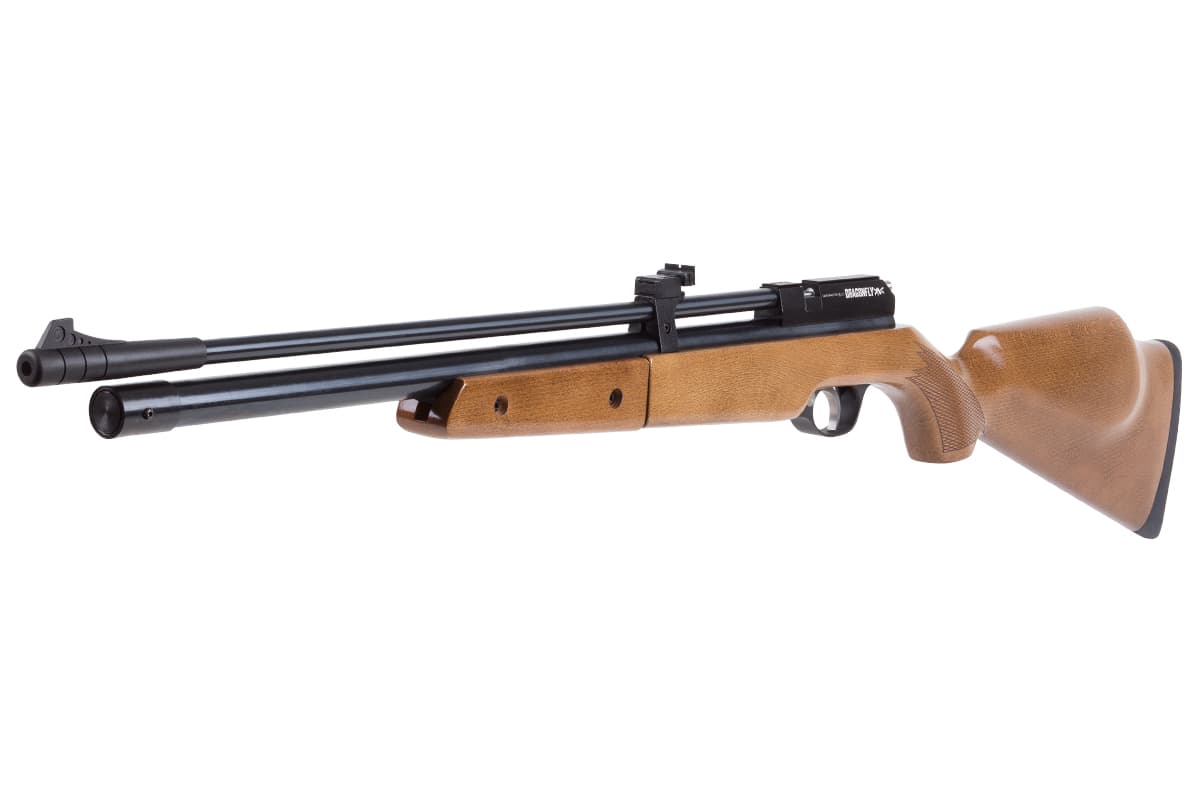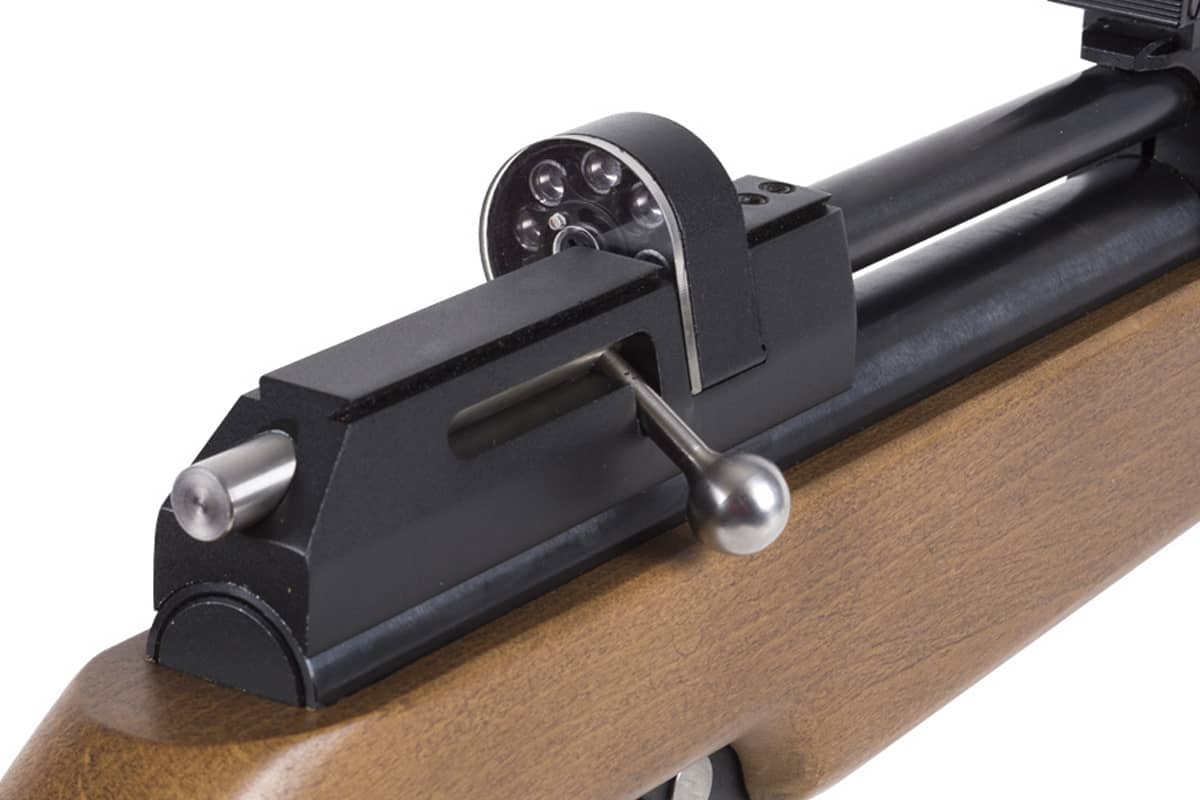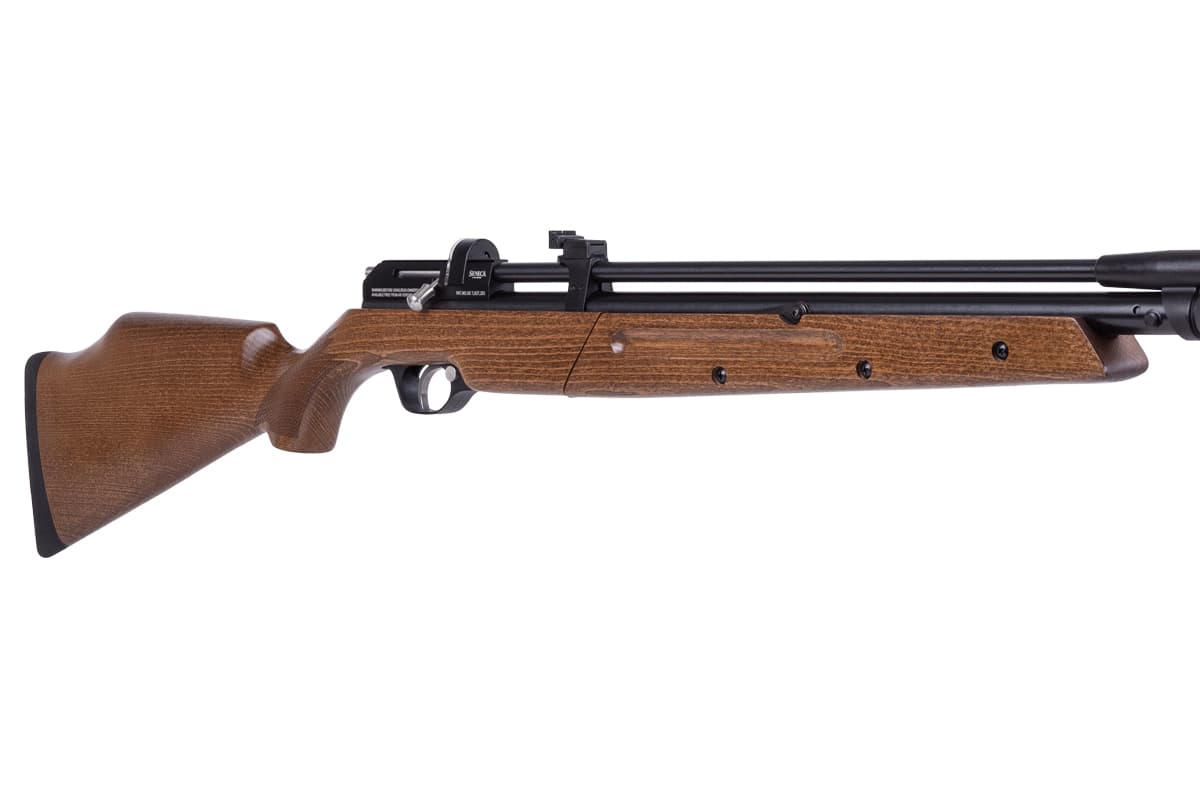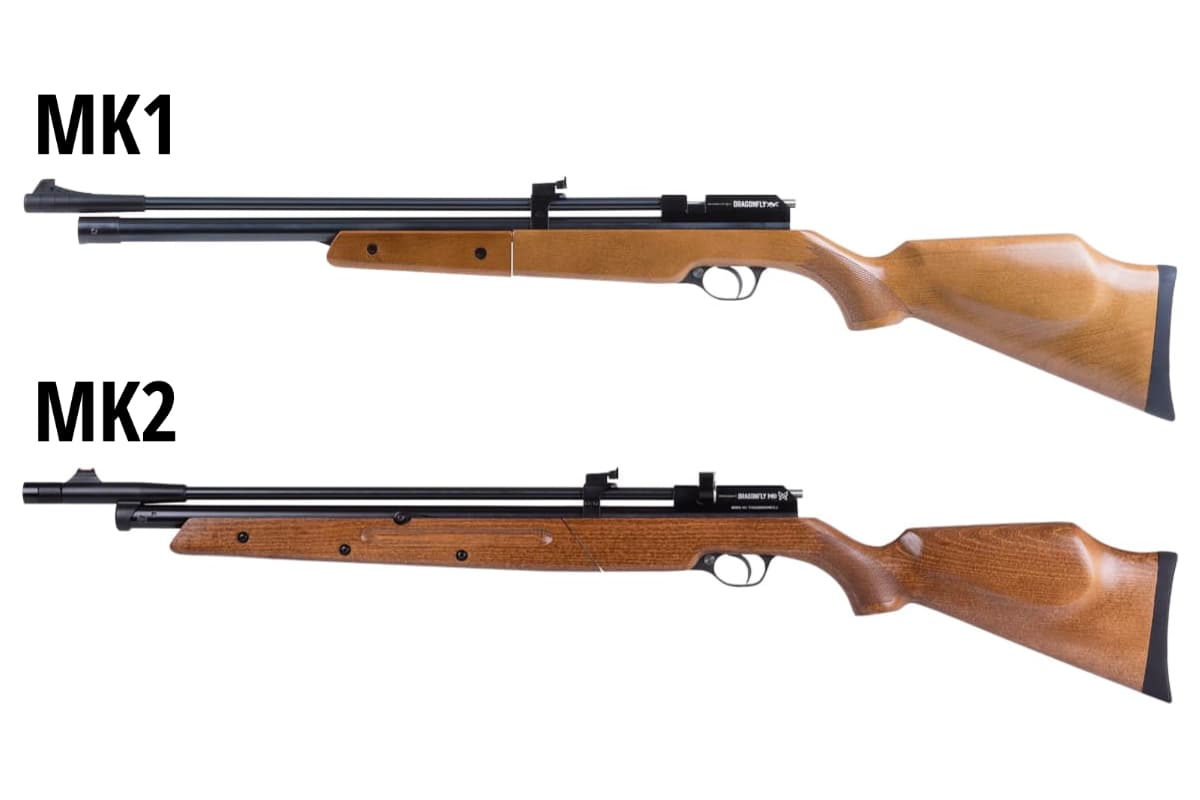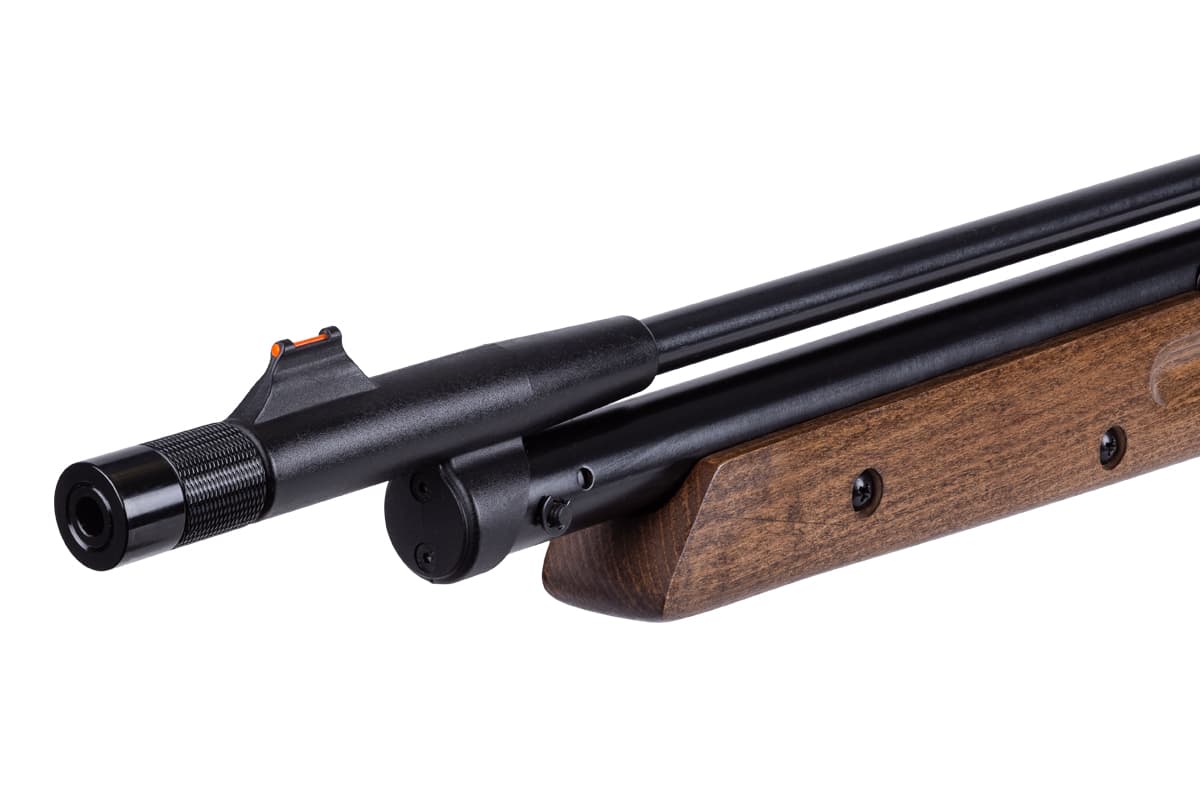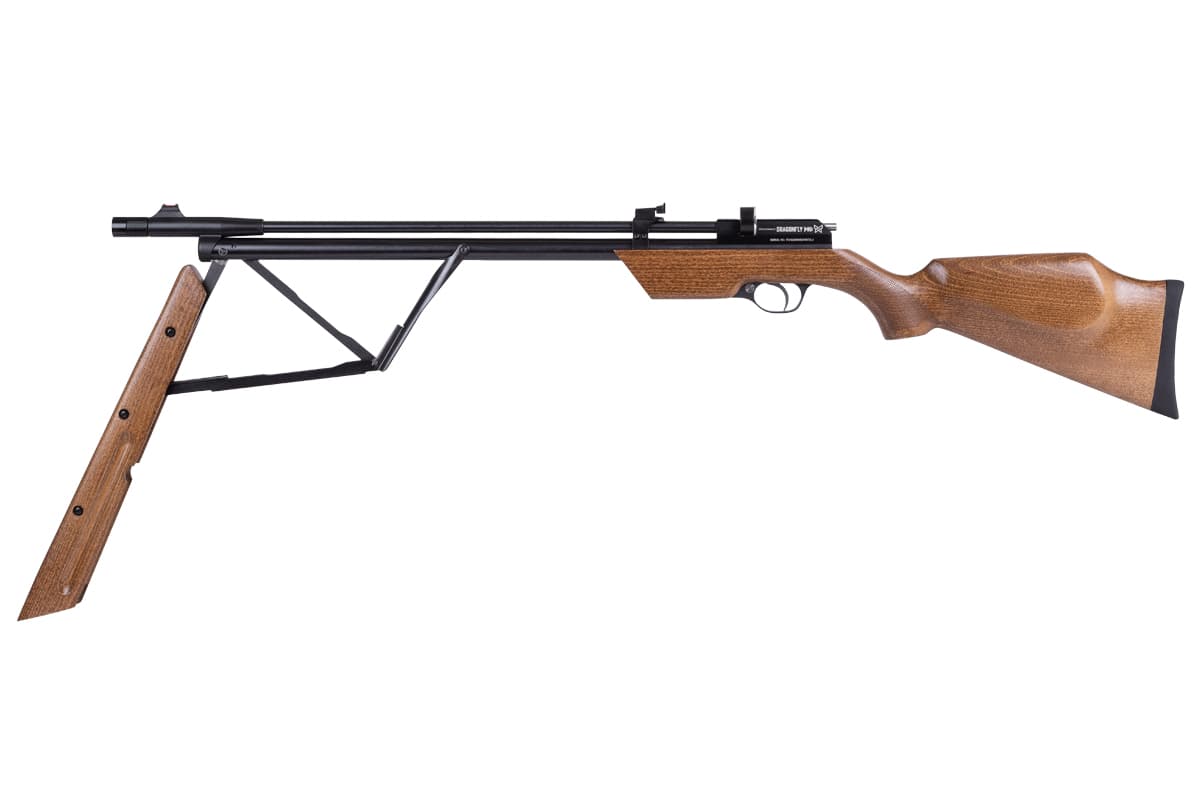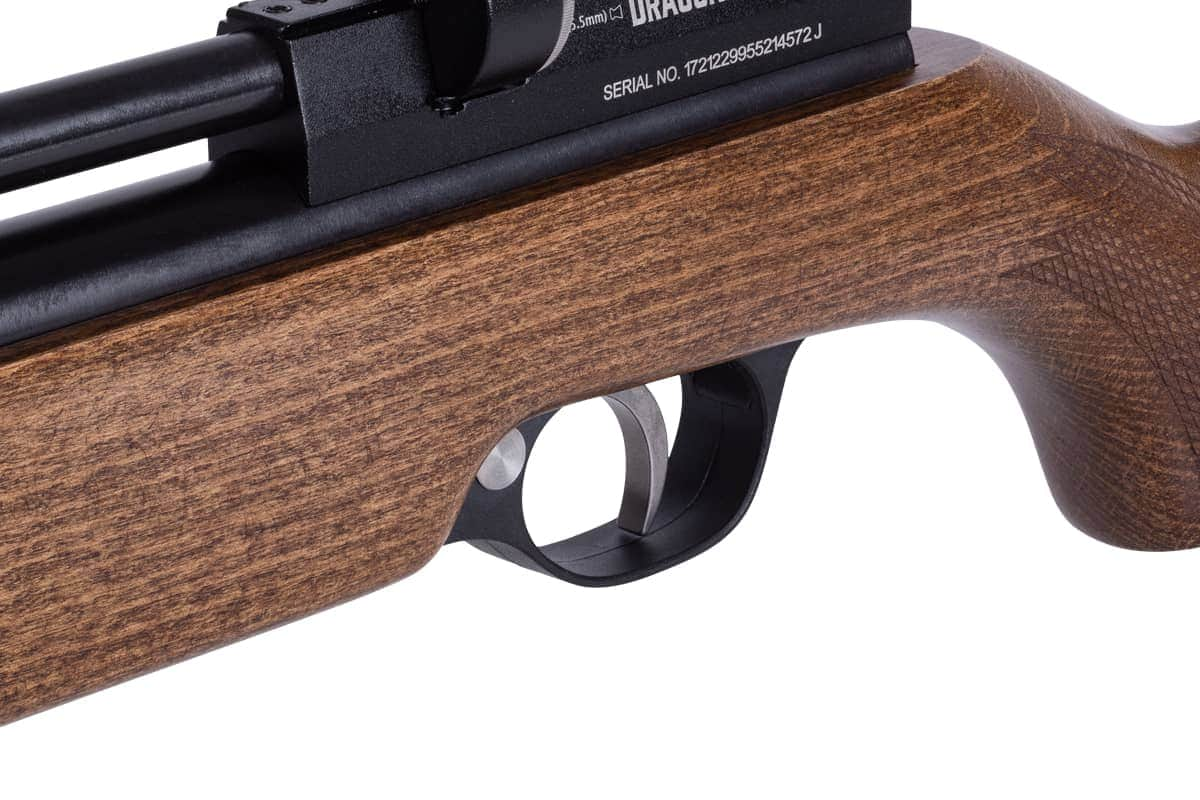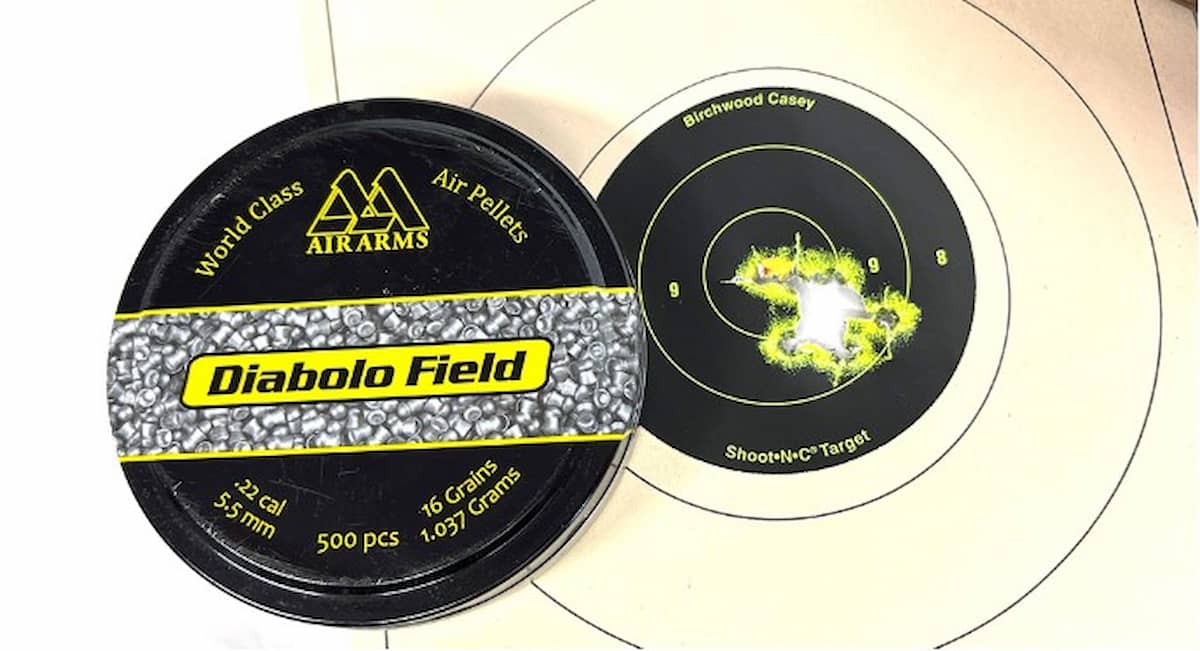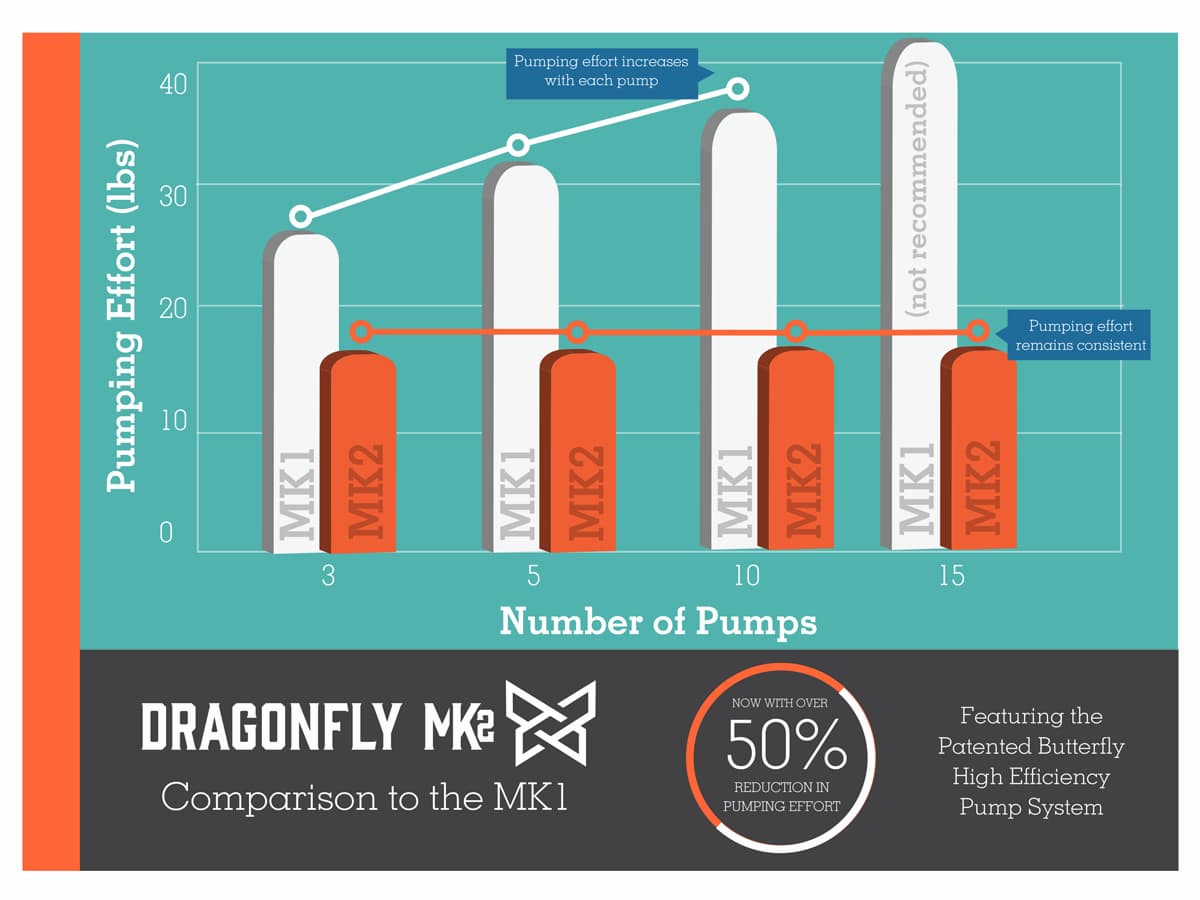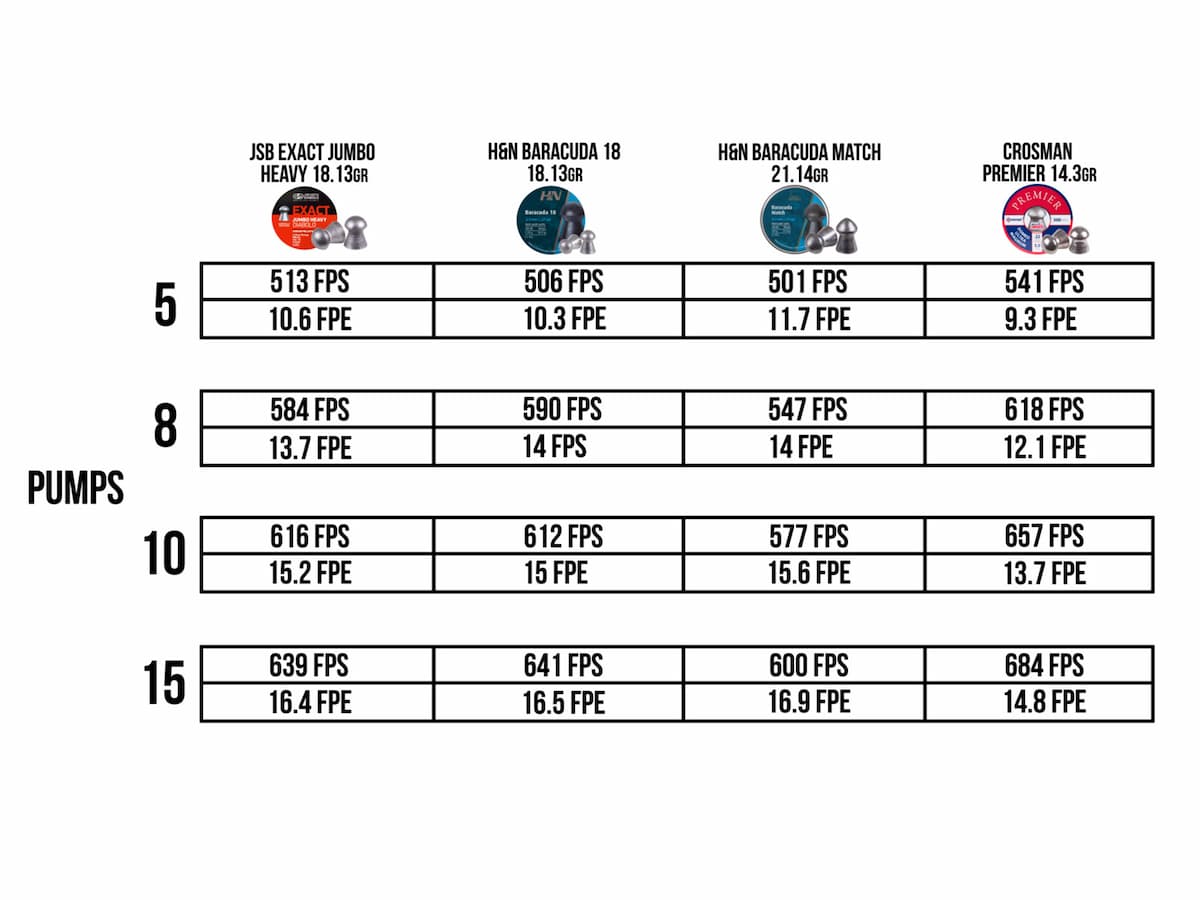Definitive Guide to Seneca Dragonfly
Many of our readers will have fond memories of multi-pump airguns. Not only rifles like the Daisy 880 and Crosman Pumpmaster 760, but also the Benjamin Sheridan and Daisy SG22. The later examples were the true, adult, high-powered airguns of their day. They all shared a few common traits. First, they were single-shot, meaning you had to load a pellet each time. They also needed to be pumped up for each shot, with each pump getting that much harder than the last. Delivering good power and great accuracy, with very little effort on the shooter's part, the SG22 and Sheridan were the go-to small game hunting airguns for many decades. Enter the Seneca Dragonfly multi-pump air rifle. It keeps the power and accuracy while eliminating the limitations of other multi-pump air rifles.
With both the Daisy SG22 and Benjamin Sheridan no longer in production, the multi-pump market was due for an upgrade. So, Seneca brought out the Dragonfly MK1. It followed the same basic concept of a powerful, accurate, multi-pump airgun but was significantly improved.
The most important upgrade is a multi-shot system using a rotary magazine. The .177 magazine holds nine rounds, whereas the .22 magazine holds seven rounds. It also shipped with a single shot tray if you still wanted to shoot single shot.
The other significant change was the addition of 11mm dovetail rails to the receiver, which were missing on the Benjamin Sheridan. Now shooters could easily add an optic for increased accuracy at range. However, what didn't change was the increased effort needed to pump it up for each shot.
Enter the Dragonfly MK2
The Seneca Dragonfly MK2 multi-pump air rifle looks nearly identical to the MK1 on the outside, but there are some important changes inside. The right-handed Montecarlo stock is well made and very attractive. The whole package weighs about 6.5 pounds, comes in at 40" long, and incorporates a 22.75" rifled steel barrel.
The open sights are decent. The front sight is a fixed fiber optic post, whereas the rear sight is a simple notch that's fully adjustable. The action works via a side bolt which cocks the gun and opens the breach. Shooters can choose between using the single-shot tray or the included magazine. As stated earlier, the .177 caliber mag holds nine pellets, and the .22 caliber magazine holds seven pellets.
So far, not much has changed, but that ends when we get to the front of the muzzle; here, you'll find a threaded 1/2 UNF muzzle compatible with most accessories. This is a welcome addition for those that may find the Dragonfly a little louder than expected.
Now we get to the major transformative change. The Seneca Dragonfly MK2 is equipped with a patented butterfly cocking system. This new cocking system uses some pretty cool engineering to overcome the increased force previously required for each subsequent stroke of the pump, effectively eliminating all the "hard" work needed to achieve maximum power. The Seneca Dragonfly operates on as few as three pumps all the way up to 15 pumps. Now, each pump takes approximately the same amount of force. This is a very welcome improvement.
Setup and Operation
Taking a shot with the Seneca Dragonfly air rifle is very straightforward. You'll need to cock the bolt before you start pumping. Before you start, be sure to set the cross-bolt safety located on the trigger blade. Cock the bolt, load a pellet, and close the bolt. Now you can start pumping.
Once you've pumped up the MK2 to your desired power level, you can line up your sights, release the safety, gently squeeze the trigger, and take your first shot. Now, let's talk about the trigger.
The trigger is decent with a two-pound break. There's a very long first stage that bottoms out just before you reach the 2nd stage. Where the first stage is too long for our liking, the crisp second stage makes up for it. The second stage break is extremely consistent, making repeatable accuracy a breeze.
Why a Multi-pump?
Before we get to the accuracy results, we want to discuss why a multi-pump is worthwhile to a modern airgunner. There are spring and gas ram airguns that, with one cock, make more power than the Dragonfly MK2. But, the unique recoil can make repeatable accuracy something very difficult to master. While PCP airguns are becoming more and more affordable, you still need to fill them. An affordable setup will run over $500 if you go with a hand pump. If you opt for a personal compressor like the Umarex Ready Air or Air Venturi Nomad II, that number will climb to over $1000 before you know it.
With the butterfly cocking system, the Seneca Dragonfly multi-pump air rifle delivers the repeatable accuracy of a PCP at the cost of an entry-level break barrel. Additionally, it comes with open sights that actually work right out of the box. You don't need an optic unless you choose to go that route.
So for shooters that want ease of use, decent power, affordability, and repeatable accuracy, the Seneca Dragonfly really fits the bill.
Performance & Accouracy
We took our MK2 out to the range and setup at 20 meters. Using just open sights and the Air Arms 16 grain pellets, we shot a full mag of 7 shots. Our group was exceptionally good, given that we were shooting with open sights. We can only imagine the results with a decent optic.
Our test shots were taken using 10 pumps per shot. This is a good balance of power and effort. It's nice to know that there's still a little gas in the tank if you need to push things to max power for pesting or hunting.
We tested our Dragonfly at 5 pumps, 10 pumps, and 15 pumps. The average FPS was 545, 630, and 675 respectively, using 16 grain Air Arms pellets. Our MK2 is topping out at around 16.19 foot-pounds. That's a high mark for a pump pneumatic airgun.
When Air Venturi did their testing, they quantified the difference in effort to pump between the MK1 and MK2, as well as the power and velocity of different pellets depending on how many pumps were used. Here were their results:
Summing Up
Some of the best uses for the MK2 will be for those that want a quiet, accurate repeater for pesting, plinking, and general target shooting. It's a new way of doing things, and it works well. However, if you expect to sit down and burn through a tin of pellets like you would a break barrel or PCP, you may want to rethink the Dragonfly. The butterfly cocking system of the MK2 eliminates a lot of the work when pumping past 5 pumps, but shooters will probably get worn out over long target shooting sessions.
We see this as a great next generation for multi-pump pneumatic airguns and answering the requests of so many shooters that have missed their place in the market. If you want to know more about the Seneca Dragonfly and if it's the right airgun for your needs, then don't hesitate to give us a call, and we'll be happy to answer any questions you may have.
